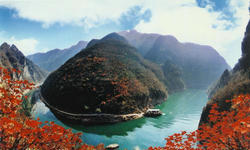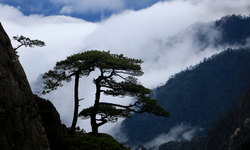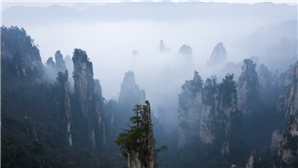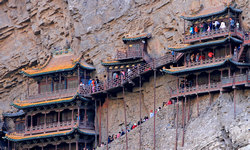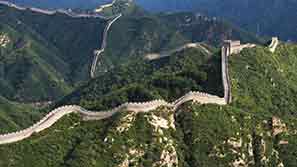Mount Tai 📺️

Mount Tai (Chinese: 泰山; pinyin: Tài Shān) is a mountain of historical and cultural significance located north of the city of Tai'an, in Shandong province, China. The tallest peak is the Jade Emperor Peak (simplified Chinese: 玉皇顶; traditional Chinese: 玉皇頂; pinyin: Yùhuáng Dǐng), which is commonly reported as 1,545 metres (5,069 ft) tall, but is described by the PRC government as 1,532.7 metres (5,029 ft).
Mount Tai is known as the eastern mountain of the Five Great Mountains of China. It is associated with sunrise, birth, and renewal, and is often regarded the foremost of the five. Mount Tai has been a place of worship for at least 3,000 years and served as one of the most important ceremonial centers of China[4] during large portions of this period.
Mount Tai is a tilted fault-block mountain with height increasing from the north to the south. It is the oldest example of a paleo-metamorphic formation from the Cambrian Period in eastern China. Known as the Taishan Complex, this formation contains magnetized, metamorphic, and sedimentary rock as well as intrusions of other origins during the Archean Era. The uplift of the region started in the Proterozoic Era; by the end of the Proterozoic, it had become part of the continent.
Besides the Jade Emperor Peak, other distinctive rock formations are the Heaven Candle Peak, the Fan Cliff, and the Rear Rock Basin.
Mount Tai lies in the zone of oriental deciduous forest; about 80% of its area is covered with vegetation. The flora is known to comprise almost 1,000 species. Some of the trees in the area are very old and have cultural significance, such as the Han Dynasty Cypresses, which were planted by the Emperor Wu Di, the Tang Chinese Scholartree (about 1,300 years old), the Welcoming-Guest Pine (500 years old) and the Fifth-Rank Pine, which was named originally by the Emperor Qin Shi Huang, but was replanted about 250 years ago.
